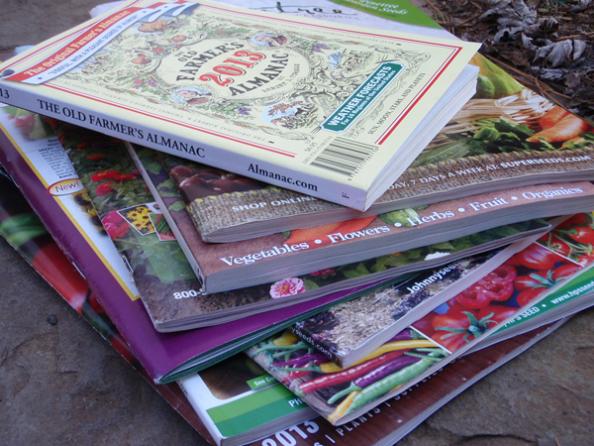When planning a survival food garden, it’s critical to know what seeds to purchase and what to skip–and it’s just as vital to know how to store those seeds and what you can expect from those food crops.
I was fortunate to grow up with the concepts and calluses of growing a family garden, so I have seen bumper crops and more than a few disappointing yields. I’ve also seen that there are a lot of different interpretations when it comes to growing your own garden.
One of the biggest things to consider when buying seeds to grow a survival garden is the caloric value of the food. You can’t live off salad and herbs–there simply aren’t enough calories in leafy veggies. Tomatoes, peppers, and other highly flavorful fruits and vegetables that people love to grow are surprisingly low in calories, too.
Many companies sell “survival garden” seed assortments. But be warned before you purchase that prepackaged bucket of seeds. Are there enough high-calorie plants in there? You may be better prepared by selecting your own seed for each plant type, and taking into account the soil, weather, pests and rainfall where you live.
Here is an overview of high-, moderate-, and low-calorie crops, which can be grown from seed and contain the needed food value and variety to keep you interested in growing your own self-sufficient garden.
FOOD YIELD OF HIGH-CALORIE CROPS (per 8 oz.)
Peanuts: 1,200 calories
Sunflower seeds: 800 calories
Soybeans: 300 calories
Navy beans, chick peas: 250 calories
Kidney, lima, and fava beans; black eyed peas; parsnips: 200 calories
Peas, carrots, turnips, rutabaga: 100 calories
FOOD YIELD OF MODERATE-CALORIE CROPS (per 8 oz.)
Cantaloupe: 200 calories per whole melon
Cabbage: 200 calories per head
Tomatoes, spinach, broccoli, green beans, collard greens: 50 calories per 8 oz.
FOOD YIELD OF LOW-CALORIE CROPS
Cauliflower and turnip greens: 34 calories per 8 oz.
Peppers: 30 calories per 8 oz.
Mustard greens: 25 calories per 8 oz.
Cucumbers: 14 calories per 8 oz.
Lettuce: 10 calories per 8 oz.
Celery: 10 calories per stalk
Make certain that you store your seeds someplace cool, dry, and dark. To make sure your storage area is good for the seeds, an easy rule of thumb is to add the storage temperature (in Fahrenheit) to the storage humidity percentage. For example, 60 degrees and 30 percent humidity gives you 90 points. The total of these two numbers should always be below 100 points. The dryer your storage area, the longer your seeds will last–even several years.
Do you have favorite seeds for a survival garden? How do you store them? Let us know in the comments.
